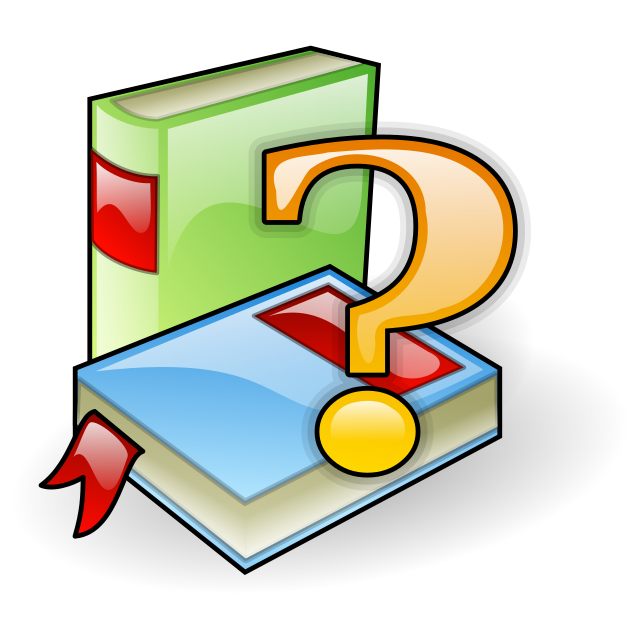Summary
Students are introduced to several reasons books are written, identifying the purpose of a series of different books. Students watch a video interview of a child author. Through a series of pictographs, students then discover the many ways people have made books, from pictures to words on tablets, stones, and paper. Inspired by why and how books are written, students create a book of their own.
Essential Question(s)
Why do authors write books? How are books written?
Snapshot
Engage
Students identify the purposes of a series of different books.
Explore
Students watch a video interview of a child author -OR- Students are read one of 5 suggested children’s biographies about authors.
Explain
Students discover the many different ways that people have made books, from pictures to words on stone tablets, scrolls, and paper.
Extend
Students make their own book with a clear beginning, middle, and end.
Evaluate
Students read their books out loud to their peers and reflect on several of the reasons books are written.
Materials
Lesson Slides (attached)
Selection of library books
Brainstorming Sheet (attached; one per student)
Story Structure (attached; one per student)
Plain Paper
Construction paper
1-hole punch
Colored pencils
Crayons
Markers
Sturdy string or cord (for book binding)
Suggested List of Children’s Books about Authors (attached; optional)
4- and 6-Panel Comic Book Templates (attached; optional)
Engage
10 Minute(s)
Begin the lesson with slide 2, asking students “Why are books written?” Have them speak out as many reasons as they can think of. Give them 3–5 minutes to think of reasons of their own.
After students have been given ample time to brainstorm their own ideas, display slide 5 showing three reasons authors have given for why they write books.
Read through each of the reasons slowly. After all 3 reasons are presented, go to a pile of library books and show them one at a time, reading the title and a brief description and asking students to determine what reason they think each book was written.
Explore
20 Minute(s)
Briefly go back and display slide 2 with the title of the lesson as the prominent question they will be exploring in more depth.
Go to slide 6 and tell students that every author might give a different reason for writing their book, but that one author was asked this question in an interview. Play the video “Meet this Amazing 10-Year-Old Author.” After students have watched the video, go to slide 7 and ask them to discuss with an Elbow Partner what reasons the author gave for why they wrote their own book.
Explain
20 Minute(s)
Go to slide 8 and introduce the idea that books come in many shapes and sizes. Play the short video “It’s a Book by Lane Smith” to jumpstart the conversation about how books are a special way to tell a story.
Using slides 9–14, explain to students that all through history people have made books in many ways. They may have used papyrus and inks, a scroll, pen and paper, a printing press, or a computer. Ask students to look at each of the different books and describe what shape/kind they are and what reason these different kinds of books might have been written.
Extend
40 Minute(s)
Go to slide 15. Pass out (or ask students to take out) their Brainstorming Sheet. Explain that every book has a Why (Topic) as well as a Where and When (Setting). Have students use the Brainstorming Sheet to answer those important questions, as well as to choose the words they might use in their own books.
Next pass out (or have them take out) their Story Structure handout. Explain that every story has a beginning, middle, and end. Have them use the three sections of the handout to plan their story.
Go to slide 16. Help walk students through the directions on the slide for making a simple book from several pieces of paper, a scroll, or a comic from the various attached 4- or 6-Panel Comics Templates. Hand out either plain paper or construction paper as students desire, a hole punch, sturdy string or cord for making the book, colored pencils, crayons, and markers for them to color and decorate their books. Circulate through the room to help them with making holes in their paper. Encourage students to help one another in getting the cord or string through the outer two holes as described on the slide.
After students have created their books, ask several volunteers to read and show their books to the class.
Go to slide 17 and, using the Exit Tickets strategy, ask students to revisit the question, Why are books written?, naming out any of the reasons they can remember, as well as the reason(s) that they wrote their own books.
Evaluate
10 Minute(s)
Evaluate students' learning based on how engaged they are with creating their books. Formative assessment is also happening continually through discussions among students, small groups, and the whole class. In addition, use an Exit Tickets strategy to document students' ideas about what they have learned. This strategy can serve as both an assessment and a reflection piece for students.
Resources
AHC Arts and Crafts. (2018). Book Making crafts for kids. https://www.artistshelpingchildren.org/bookmaking-crafts-make-books.html
The British Museum. (2016, August 15). Ancient Egyptian hieroglyphs overview. Smarthistory. https://smarthistory.org/ancient-egyptian-hieroglyphs/
The British Museum. (2015, December 11). Hunefer’s judgement in the presence of Osiris. Smarthistory. https://smarthistory.org/hunefers-judgement-in-the-presence-of-osiris/
History of Books. (2024). In Wikipedia. https://en.wikipedia.org/wiki/History_of_books#:~:text=The%20earliest%20forms%20of%20writing,introducing%20greater%20durability%20and%20accessibility.
The History of Making Books. (1996). Scholastic Voyages of Discovery. Scholastic.
K20 Center. (n.d.). Bell ringers and exit tickets. Strategies. https://learn.k20center.ou.edu/strategy/125
K20 Center. (n.d.). Elbow partners. Strategies. https://learn.k20center.ou.edu/strategy/116
MacKids Books. (2011). It’s a Book by Lane Smith - Book Trailer [Video]. YouTube. https://www.youtube.com/watch?v=x4BK_2VULCU
The Real Daytime. (2015, March 15). Meet this amazing 10-year-old author! [Video]. YouTube. https://youtu.be/SaOzDmUb-EI
Solly, M. (2021, October 20.). The unheralded women scribes who brought medieval manuscripts to life. Smithsonian Magazine. https://www.smithsonianmag.com/smart-news/the-unheralded-women-scribes-who-brought-medieval-manuscripts-to-life-180978902


